Filter by
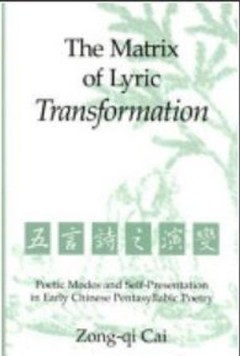
The Matrix of Lyric Transformation: Poetic Modes and Self-Presentation in Ear…
Pentasyllabic poetry has been a focus of critical study since the appearance of the earliest works of Chinese literary criticism in the Six Dynasties period. Throughout the subsequent dynasties, traditional Chinese critics continued to examine pentasyllabic poetry as a leading poetic type and to compile various comprehensive anthologies of it.The Matrix of Lyric Transformation enriches this tra…
- Edition
- -
- ISBN/ISSN
- 9780472901449
- Collation
- -
- Series Title
- -
- Call Number
- 895.1 CAI m

Writing Self, Writing Empire Chandar Bhan Brahman and the Cultural World of…
Writing Self, Writing Empire examines the life, career, and writings of the Mughal state secretary, or munshi, Chandar Bhan Brahman (d. ca. 1670), one of the great Indo-Persian poets and prose stylists of early modern South Asia.
- Edition
- -
- ISBN/ISSN
- 9780520961685
- Collation
- -
- Series Title
- -
- Call Number
- 821
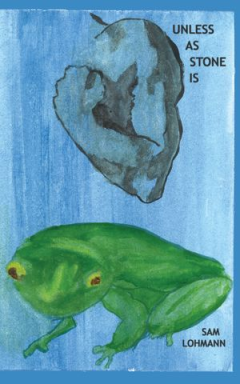
Unless As Stone Is
The sestina is a form in which words repeat regularly, intricately, appearing and reappearing in new contexts with new meanings.
- Edition
- -
- ISBN/ISSN
- 9780615983929
- Collation
- -
- Series Title
- -
- Call Number
- 821

Unexpected Subjects Intimate Partner Violence, Testimony, and the Law
Unexpected Subjects is an ethnography of the encounter between women’s words and the demands of the law in the context of adjudications on intimate partner violence.
- Edition
- -
- ISBN/ISSN
- 9781912808731
- Collation
- -
- Series Title
- -
- Call Number
- 821
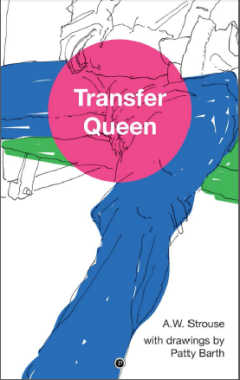
Transfer Queen
Cruising the New York City subway, the Transfer Queen is on the prowl! These voyeuristic figure drawings—both poetic and visual—sketch the men of Gotham’s transportation system. A.W. Strouse and Patty Barth spy on strangers with a special kind of anonymous intimacy.
- Edition
- -
- ISBN/ISSN
- 9781947447639
- Collation
- -
- Series Title
- -
- Call Number
- 821
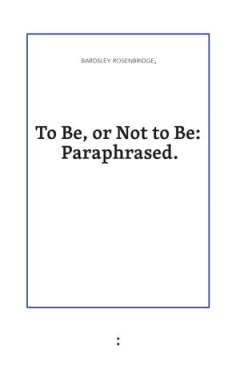
To Be, or Not To Be Paraphrased
To Be, or Not to Be: Paraphrased is an expanding deconstruction of Hamlet’s famous existential question, achieved by putting the line through paraphrasing software 50 times.
- Edition
- -
- ISBN/ISSN
- 9789491914089
- Collation
- -
- Series Title
- -
- Call Number
- 821
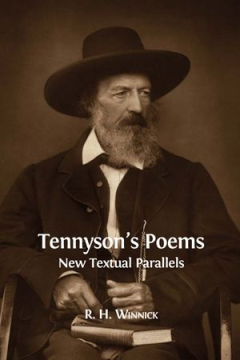
Tennyson’s Poems
In Tennyson’s Poems: New Textual Parallels, R. H. Winnick identifies more than a thousand previously unknown instances in which Tennyson phrases of two or three to as many as several words are similar or identical to those occurring in prior works by other hands—discoveries aided by the proliferation of digitized texts and the related development of powerful search tools over the three deca…
- Edition
- -
- ISBN/ISSN
- 9781783746637
- Collation
- -
- Series Title
- -
- Call Number
- 821
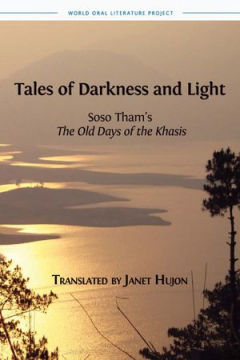
Tales of Darkness and Light
Soso Tham (1873–1940), the acknowledged poet laureate of the Khasis of northeastern India, was one of the first writers to give written poetic form to the rich oral tradition of his people.
- Edition
- -
- ISBN/ISSN
- 9781783744701
- Collation
- -
- Series Title
- -
- Call Number
- 821
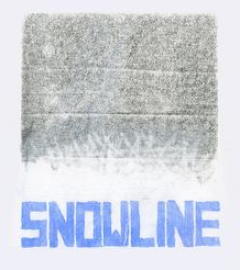
Snowline
Mais où sont les neiges d’antan?” François Villon’s most famous line is a kind of translation, a variation of the old “ubi sunt” trope: Where are the things that used to be? But Villon specifically asks: Where are the snows? Even in the thick of a snowy winter, this snow is not the same as the remembered snows.
- Edition
- -
- ISBN/ISSN
- 9780692374528
- Collation
- -
- Series Title
- -
- Call Number
- 821

Schiller und die Slaven
For the first time, this comprehensive study deals with the entire reception of Schiller's works in all relevant Slavic literatures up to 1900. She concentrates on the translations of his poetry into the corresponding languages as well as the respective reactions to his work in scientific circles as well as in the wider literary public.
- Edition
- -
- ISBN/ISSN
- 9783876909271
- Collation
- -
- Series Title
- -
- Call Number
- 821
 Computer Science, Information & General Works
Computer Science, Information & General Works  Philosophy & Psychology
Philosophy & Psychology  Religion
Religion  Social Sciences
Social Sciences  Language
Language  Pure Science
Pure Science  Applied Sciences
Applied Sciences  Art & Recreation
Art & Recreation  Literature
Literature  History & Geography
History & Geography